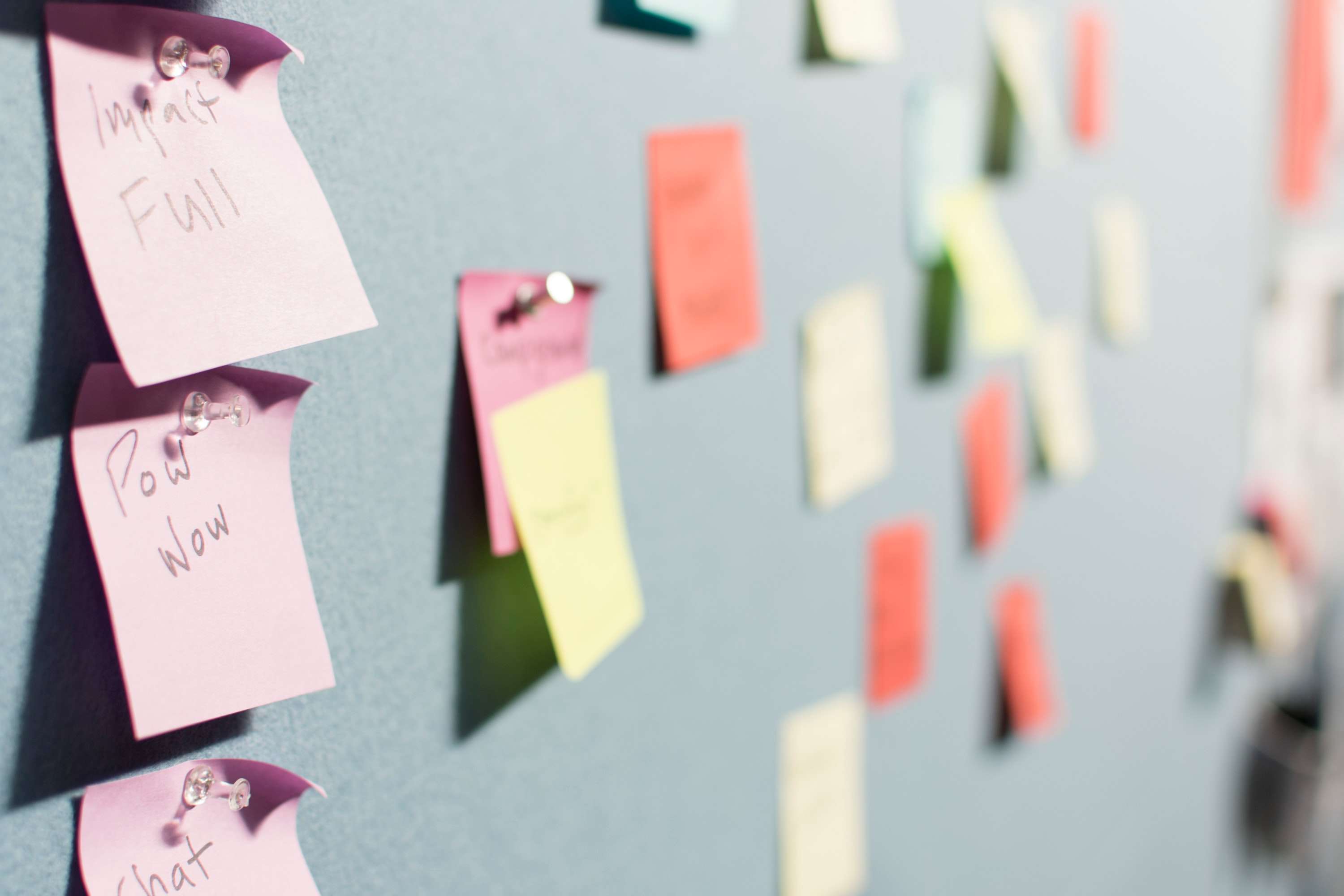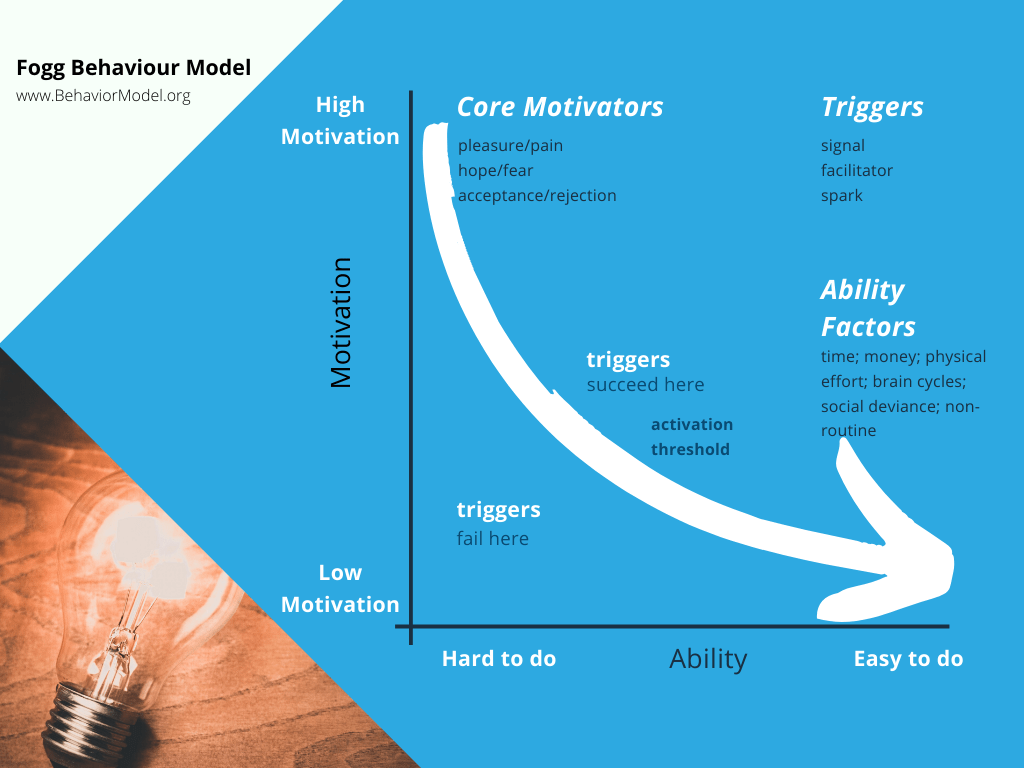
Lessons for COVID-19 – Part 7: Habits to Reinforce Behaviour Change
For the past few months, business leaders and employees have created and implemented emergency (& evolving) plans in response to the COVID-19 crisis.
Leaders must be on the front foot in maintaining positive behavioural change post COVID-19 restrictions.
Understanding the current and future changing landscape and risks posed to businesses and their people, Mapien’s Isaac Baker has been helping with strategies and techniques to drive behaviour change initiatives.
His seven part series on this subject has covered, shifting behaviour, creating a shared social identity, updated and refreshed social norms, flexibility & optionality when making decisions, sense-making, and present and future trade-offs.
In our 7th and final article in this series, Isaac will explore a way to continue behaviour change initiatives throughout 2020.
Making Behaviours Stick
With our habits being responsible for the majority of our thinking and behaviour, leveraging habit-forming thoughts and behaviours is a valuable place to start.
BJ Fogg’s Behavioural Model and the following function: B = MAT (see Figure 1), is a simple and effective way to understand habits:
B = Target behaviour
M = Motivation to do the behaviour (Low à High)
A = Ability to do the behaviour (Easy à Hard)
T = Triggers (fail or succeed)
We will be more likely to see desired Behaviour when we maximise Motivation and Ability, and provide an appropriate Trigger to prompt the Behaviour.
To see target behaviours carried out, we want to maximise the motivation and/or ability of individuals to carry out the desired behaviour. Maxing out both is fantastic. Maxing out on one or the other may be acceptable. Being low on both is unlikely to lead to target behaviour.

Figure 1. BJ Fogg Behaviour Model. Source: https://tinyurl.com/yagogqx4
Maximise Motivation
What motivates people? Though there is substantial variation, there are also factors that people have in common. Take “meaning” for example. People want to engage in meaningful work that aligns with their values and that has an impact.
How can we understand what is meaningful? Ask people about what they find meaningful about their work. Connect this meaning with priority tasks and duties to strengthen motivation.
Setting goals can be ideal for creating a valued target and encouraging continued positive behaviours. Provide progress updates and encouragement along the way to keep them striving towards their highly prized goals.
Maximise Ability
You want people to have the ability to engage in a target behaviour.
Carry out a two-pronged attack by (1) eliminating unnecessary behaviours that are hamstringing people, and (2) building people’s knowledge and skills.
What does this look like?
- Remove red tape
- Reduce number of steps to complete a task
- Reduce burdensome paperwork
- Streamline processes
- Create intuitive systems and platforms
- Upskill your people
- Give the relevant information to the right people at the right time
Maximise Triggers
You want people to receive a prompt to engage in the target behaviour.
This will ensure people engage in the target behaviour at the appropriate time and place.
Relate the target behaviour to an existing practice or habit. For instance, if people have regularly scheduled meetings, embed a prompt in this context to trigger the desired behavioural response.
Key considerations for embedding triggers:
- Make it easy for people to notice the behaviour.
- Make it timely to ensure people have the mental bandwidth to attend to it.
- Make it timely to ensure people are readily available to engage in the behaviour when they are prompted.
Altogether, considering motivations, abilities, and triggers and my associated tips can increase uptake and maintained of target behavioural change.
Need help building habits in your organisation?
Our team of organisational psychologists and behavioural scientists make use of scientifically validated methodologies and tools to optimise behavioural change initiatives. If you want to learn more and start a conversation, reach out to our Mapien Workplace Strategists here.
This article is the final instalment in our 7 Part series applying behavioural insights to drive behaviour change in response to the COVID-19 pandemic.

